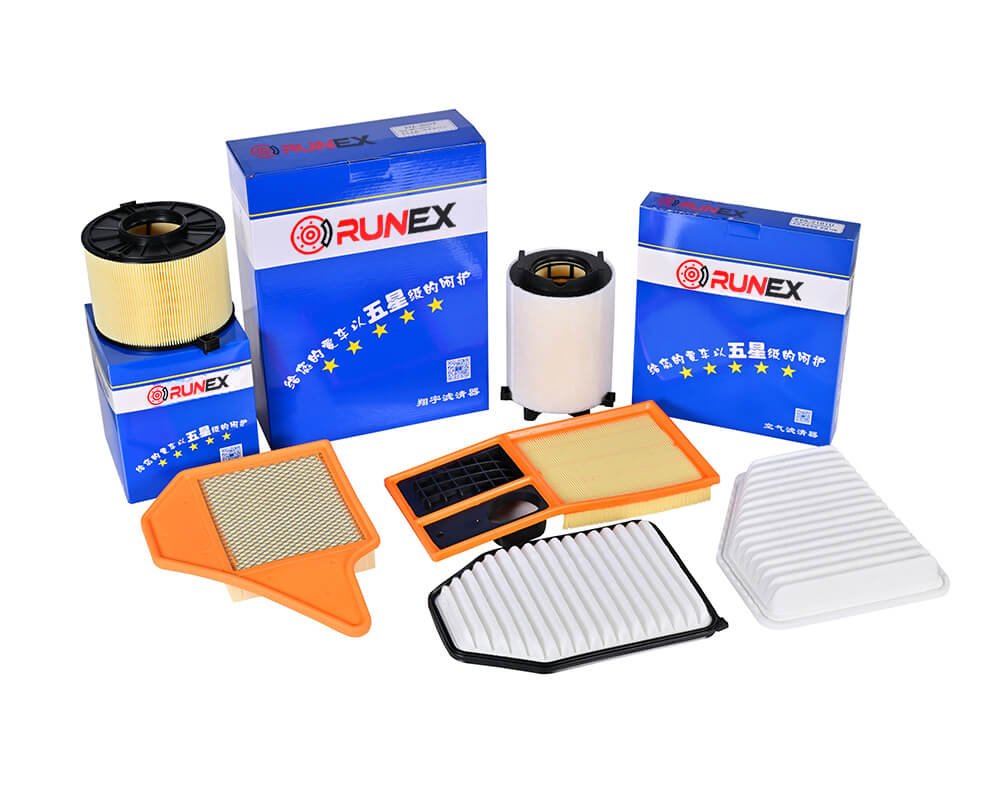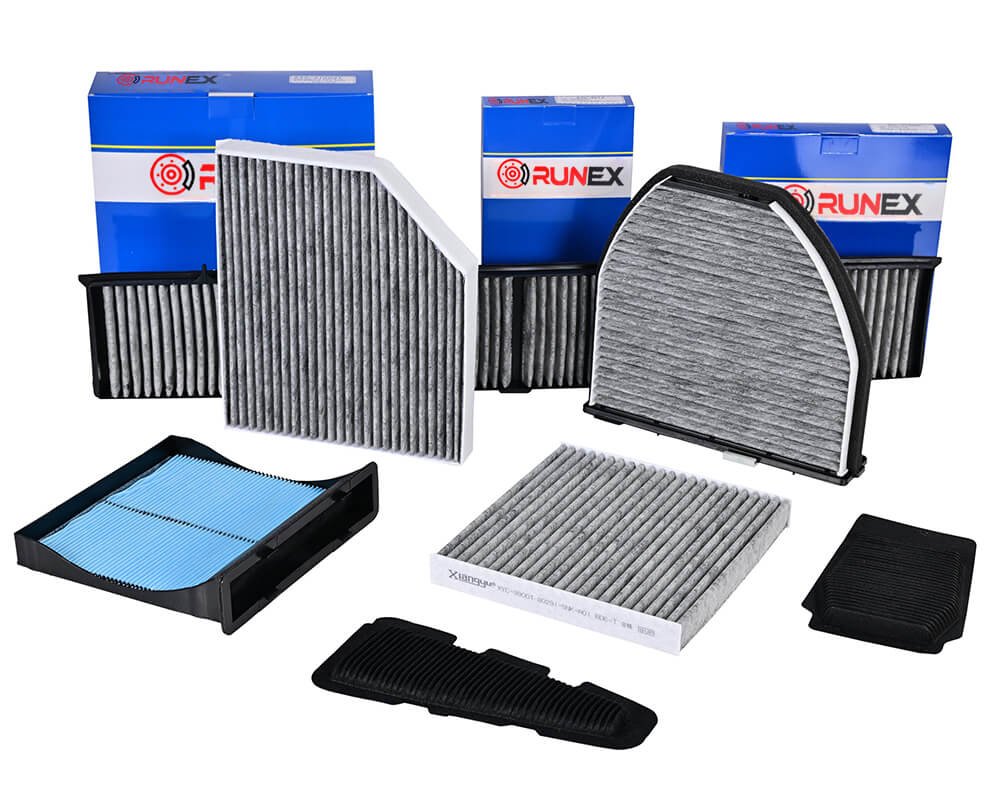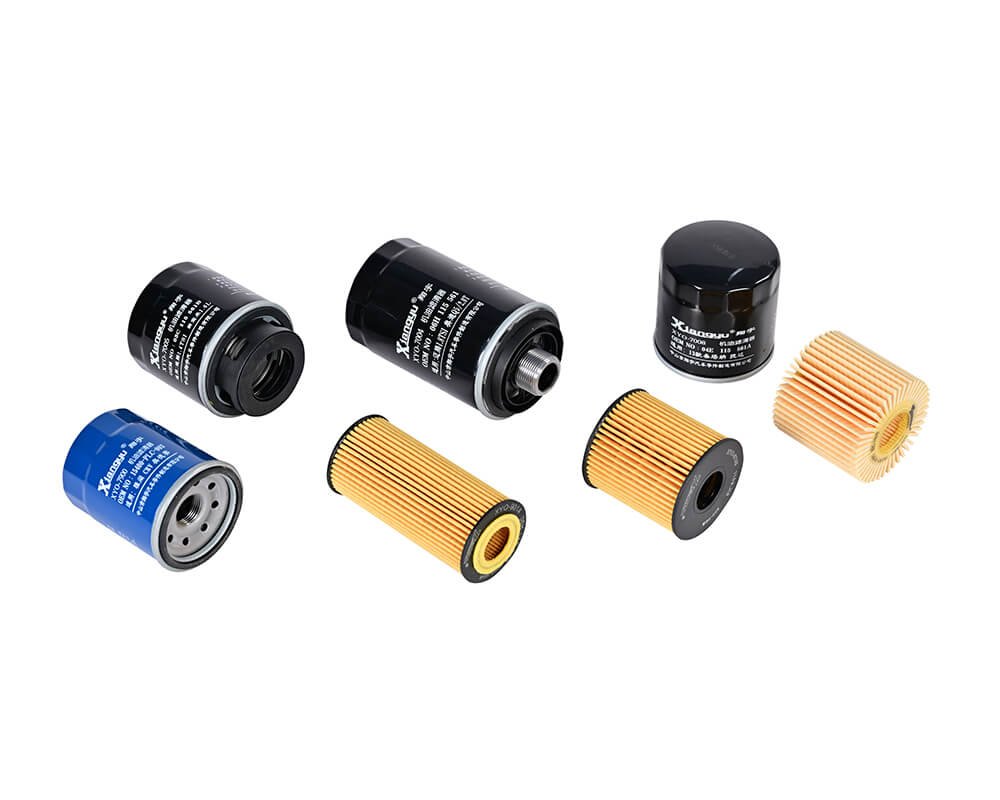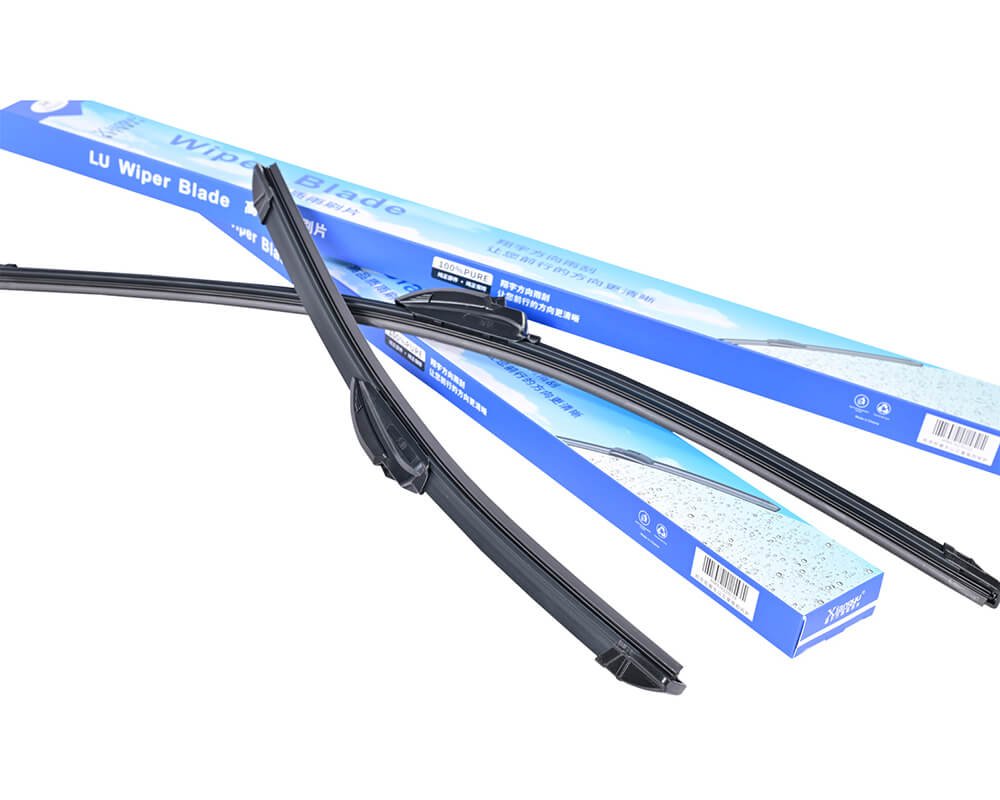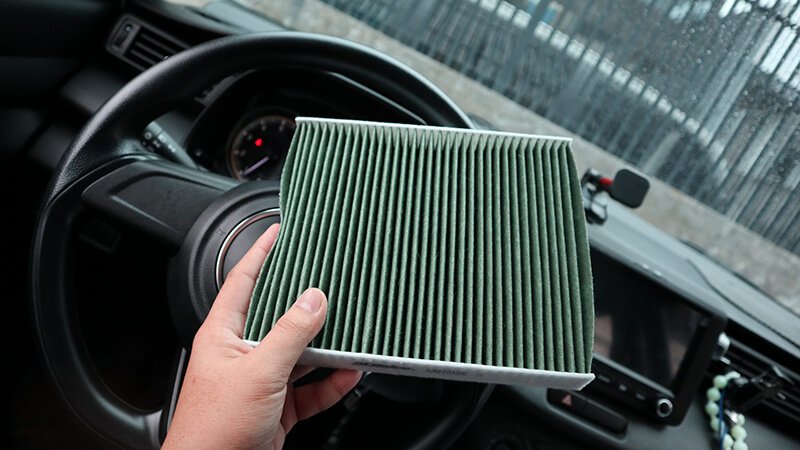Choosing the right car battery for your vehicle is essential to ensure reliable starts and smooth performance. With so many options available, how do you make the right choice for your car?
The correct car battery is determined by factors such as vehicle make and model, climate, and driving habits. The right choice ensures optimal performance and longevity.
Let’s dive deeper into how you can select the best car battery. Understanding your car’s specific needs and considering some key factors will help you make a more informed decision.

How to Choose the Correct Car Battery?
Choosing the right car battery might seem complicated, but once you understand the basic factors, it becomes a lot simpler. Let's explore how you can identify the best option for your car.
To choose the correct car battery, consider your vehicle’s make and model, its power requirements, and the climate in which you drive.
Battery Size and Group
One of the most important factors in choosing the right car battery is ensuring it fits your vehicle. Each vehicle requires a specific size of battery, defined by a battery group number1. This number indicates the battery's dimensions, terminal placement, and type. You should consult your car’s owner manual or the current battery to find the correct group size for your vehicle.
| Battery Group Number | Vehicle Types | Common Size (L x W x H) | Examples |
|---|---|---|---|
| 24 | Mid-size cars, sedans | 10.2 x 6.8 x 8.9 in (259 x 173 x 226 mm) | Honda Accord, Toyota Camry |
| 34 | SUVs, crossovers, trucks | 10.2 x 6.8 x 7.5 in (259 x 173 x 191 mm) | Jeep Grand Cherokee |
| 48 | Most sedans and compact cars | 9.5 x 6.9 x 7.5 in (241 x 175 x 191 mm) | Chevrolet Malibu |
| 65 | Larger cars, minivans, some trucks | 12.0 x 7.4 x 7.5 in (305 x 188 x 191 mm) | Chrysler 300, Dodge Charger |
Power Requirements
Your car needs a battery that provides enough power to start the engine and run essential electronics. The two most critical power ratings to consider are Cold Cranking Amps (CCA) and Reserve Capacity (RC). CCA measures the battery’s ability to start an engine in cold temperatures, while RC refers to how long the battery can run on a full charge if the alternator fails. Make sure the battery you choose meets the power requirements of your vehicle.
| Power Rating | Description | Suitable For |
|---|---|---|
| Cold Cranking Amps (CCA) | Ability to start the vehicle in cold weather. Higher ratings are better for colder climates. The higher the number, the more powerful the battery in frigid conditions. | Cold climates or high-performance vehicles |
| Reserve Capacity (RC) | The amount of time a battery can continue to operate without the engine running, providing enough power for accessories. Typically measured in minutes. | Vehicles with higher power demands, or those in hot climates |
| Cranking Amps (CA) | Similar to CCA, but measured at 32°F (0°C). It is suitable for warmer climates and vehicles with smaller engines. | Vehicles in moderate to warm climates |
Climate Considerations
The climate in which you live plays a crucial role in your battery choice. In cold climates, a battery with a higher CCA is necessary to ensure reliable starts. On the other hand, if you live in a hot climate, opt for a battery with a higher RC to handle the additional load and prevent overheating.
| Climate Type | Best Battery Features | Recommended Battery Type |
|---|---|---|
| Cold Climate | Batteries with higher CCA ratings (over 600) to ensure a fast and efficient engine start. Also, a higher warranty for better longevity. | AGM or high-CCA flooded batteries |
| Hot Climate | Batteries with higher RC ratings to help handle the heat and power demands efficiently. Also, maintenance-free options. | Sealed AGM or Calcium-based batteries |
| Mild Climate | Average CCA and RC requirements. The balance of both for overall consistent performance. | Standard flooded lead-acid battery |
Warranty and Durability
Consider the warranty and expected lifespan of the battery. Batteries come with warranties that typically range from 1 to 3 years, with some premium models offering extended warranties. Investing in a higher-quality battery might cost more upfront, but it can save you money in the long run by providing a longer lifespan and better performance.
| Warranty Type | Duration | Pros | Cons |
|---|---|---|---|
| Standard Warranty | 1 to 2 years | Lower upfront cost, basic performance. | Short lifespan, less durability. |
| Extended Warranty | 3 years or more | Long-lasting performance, great for harsh conditions. | Higher initial cost. |

How Do You Know Which Battery Fits in Your Car?
If you’re unsure which battery fits your car, there are a few steps to help you make the right choice. Understanding battery specifications is key to selecting the perfect fit.
To find the right battery for your car, check your vehicle’s manual, look at the current battery, or use an online tool2 that helps match your car to its ideal battery.
Check Your Vehicle’s Manual
Your car’s manual is the best place to start. It will provide detailed specifications, including the correct battery size, group, and power ratings. If you can’t find the manual, most manufacturers provide this information online.
Inspect the Current Battery
If you’re replacing an old battery, it’s easy to check the current battery for important information. The group size, voltage, and other details are usually labeled on the battery case. Use these numbers to find a replacement with similar specifications.
Online Battery Fitters
Many battery suppliers and auto parts retailers offer online tools to help you find the right battery for your car. By entering your vehicle’s make, model, and year, you’ll get a list of batteries that fit your car.
Consult a Professional
If you’re still unsure, it’s a good idea to visit an auto parts store or mechanic. They can help you choose the right battery based on your vehicle’s requirements.
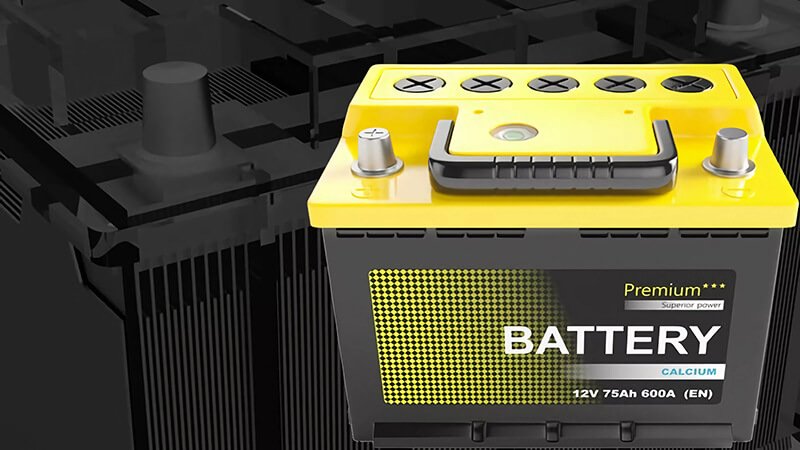
How to Choose the Correct Battery?
Choosing the correct battery involves more than just picking the first one you see. There are specific features you should prioritize based on your driving habits and climate.
To choose the best battery, you should focus on its power, lifespan, and compatibility with your vehicle’s needs. Always consider factors like your driving conditions and climate.
Battery Type
There are two main types of batteries: flooded lead-acid3 and sealed lead-acid4. Flooded batteries are more common and require maintenance, such as checking and refilling electrolyte levels. Sealed batteries, however, are maintenance-free and tend to be more reliable. Sealed batteries are generally recommended for those who prefer convenience and minimal maintenance.
| Battery Type | Pros | Cons |
|---|---|---|
| Flooded Lead-Acid | Affordable, widely available, and replaceable electrolyte. | Requires regular maintenance, prone to leaks, and shorter lifespan. |
| Sealed Lead-Acid | Maintenance-free, longer lifespan, more durable, better for extreme temperatures. | Higher upfront cost, not easily replaceable. |
| AGM (Absorbent Glass Mat) | Ideal for modern vehicles with high electrical demands, long-lasting. | Expensive, requires careful disposal. |
Amp-Hour Rating
The Amp-Hour (Ah) rating of a battery indicates how much energy it can store and deliver over time. A higher Ah rating means the battery can provide more power over a longer period. For most cars, a 40-60 Ah battery is sufficient, but if you have a vehicle with more electrical demands, you may want a battery with a higher rating.
| Amp-Hour Rating (Ah) | Description | Suitable For |
|---|---|---|
| 40-60 | Sufficient for basic vehicles with low electrical demand. | Sedans, compact cars, or vehicles with low electrical systems. |
| 60-80 | Ideal for mid-range cars with more electronics, AC, or heating systems. | Midsize cars, light trucks |
| 80-100+ | Required for trucks, SUVs, and vehicles with high electrical demands. | Trucks, SUVs, high-end luxury cars |
Battery Technology
With advancements in technology, newer batteries, like AGM (Absorbent Glass Mat) batteries, offer superior performance and reliability. AGM batteries provide better resistance to vibration and are ideal for vehicles that have start-stop systems or require more power for electronics.
Consider the Price
Price is always a consideration when choosing a battery. While premium batteries may cost more, they often provide better performance and a longer lifespan. It’s important to balance your budget with the features and benefits you need.

How Many Amps Is a Good Car Battery?
Amps are a key factor in determining how much power your battery can deliver to your car. But how many amps do you need for your vehicle?
A good car battery typically has a Cold Cranking Amps (CCA) rating between 400 and 600 amps, but the right amount depends on your car's engine size and climate conditions.
Understanding Cold Cranking Amps (CCA)
CCA5 is a critical rating for evaluating a battery’s ability to start your vehicle in cold weather. The higher the CCA rating, the more powerful the battery will be in cold temperatures. For standard cars, a CCA rating between 400 and 600 is typically sufficient. However, if you live in extremely cold climates or have a large engine, you might need a battery with a higher CCA rating.
| Climate Type | Required CCA | Examples of Suitable Battery |
|---|---|---|
| Mild | 400-500 CCA | Standard Lead-Acid Batteries, Sealed Lead-Acid Batteries |
| Cold | 600-800 CCA | AGM Batteries, High-Performance Lead-Acid Batteries |
| Very Cold | 800-1000 CCA | Premium AGM or Calcium-based Batteries |
Understanding Cranking Amps (CA)
Cranking Amps (CA) is similar to CCA, but measured at 32°F (0°C). It is suitable for warmer climates and vehicles with smaller engines.
Amps for Specific Vehicle Types
For most standard sedans and compact cars, a battery with 400 to 600 CCA should be enough. For trucks, SUVs, and vehicles with larger engines, you may need batteries with higher CCAs, ranging from 600 to 900 amps. It's important to refer to your vehicle’s manual or consult with a professional to determine the exact number of amps you need.

Conclusion
Choosing the right car battery is essential for your vehicle’s performance and reliability. By considering factors like battery type, CCA, amp-hour rating, and your vehicle’s specific requirements, you can make an informed decision. Remember, the correct battery will provide you with long-lasting, reliable starts and overall better vehicle performance.
-
To understand what the battery group number means and why it is crucial for choosing the right battery size. ↩
-
To learn more about how online tools help match car batteries with vehicle specifications. ↩
-
To understand what flooded lead-acid batteries are and how they differ from other types. ↩
-
To learn about sealed lead-acid batteries, their benefits, and how they differ from flooded batteries. ↩
-
To understand what CCA is and why it’s important for car battery performance in cold weather. ↩



